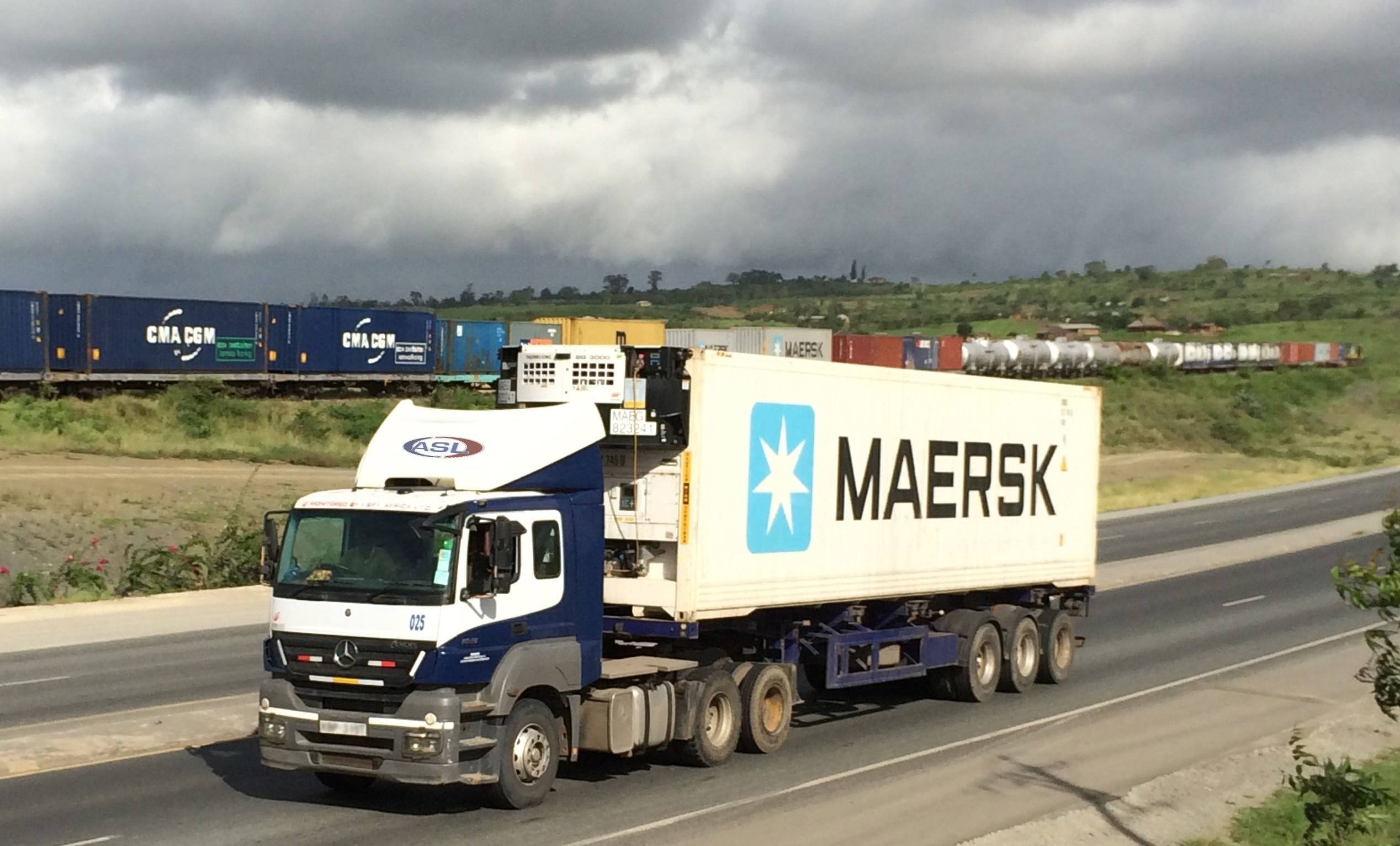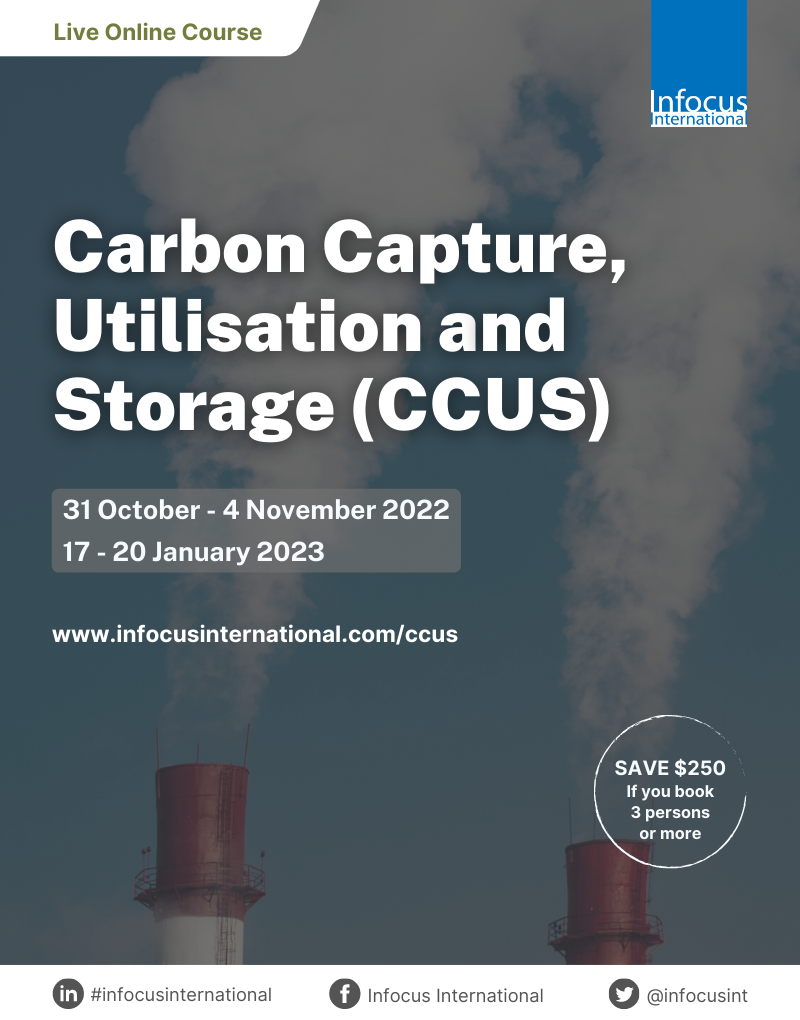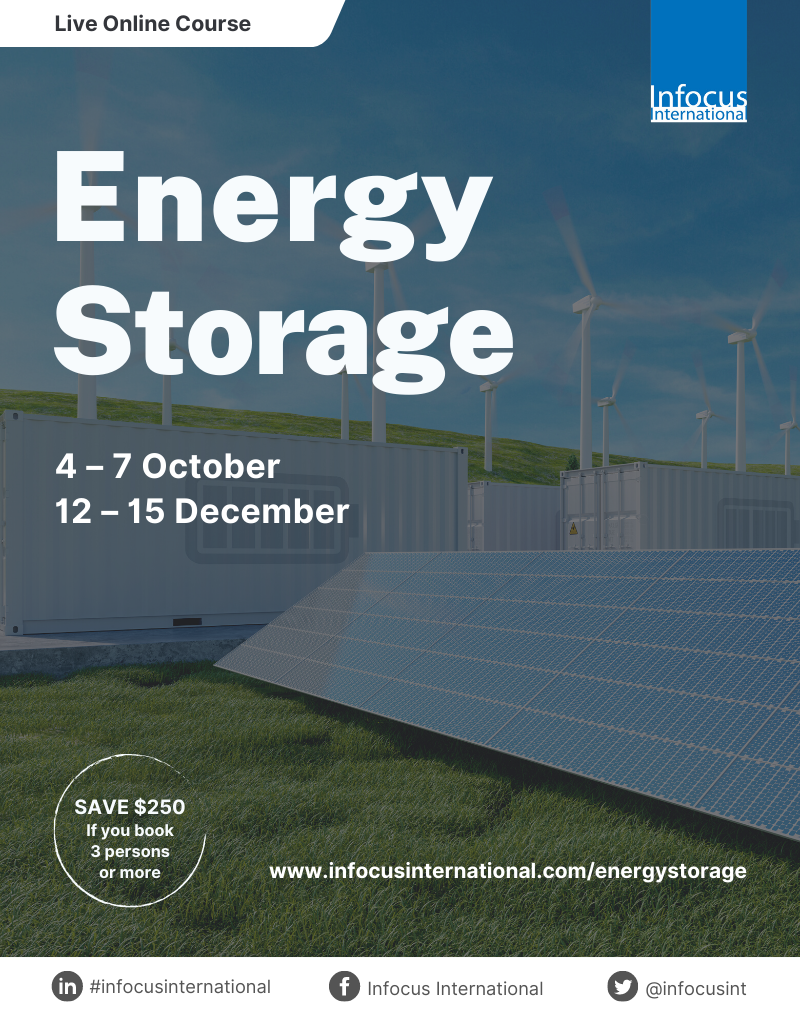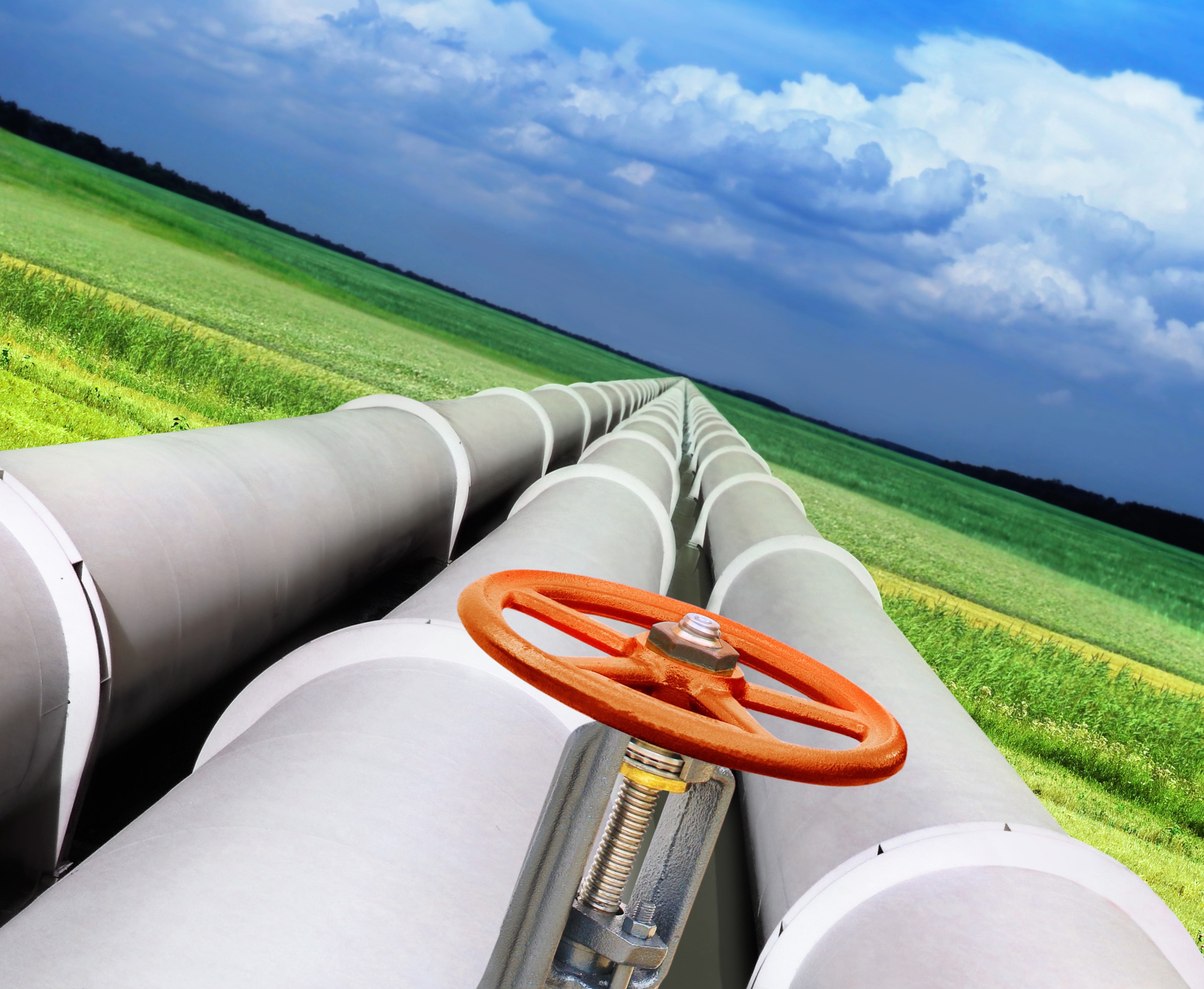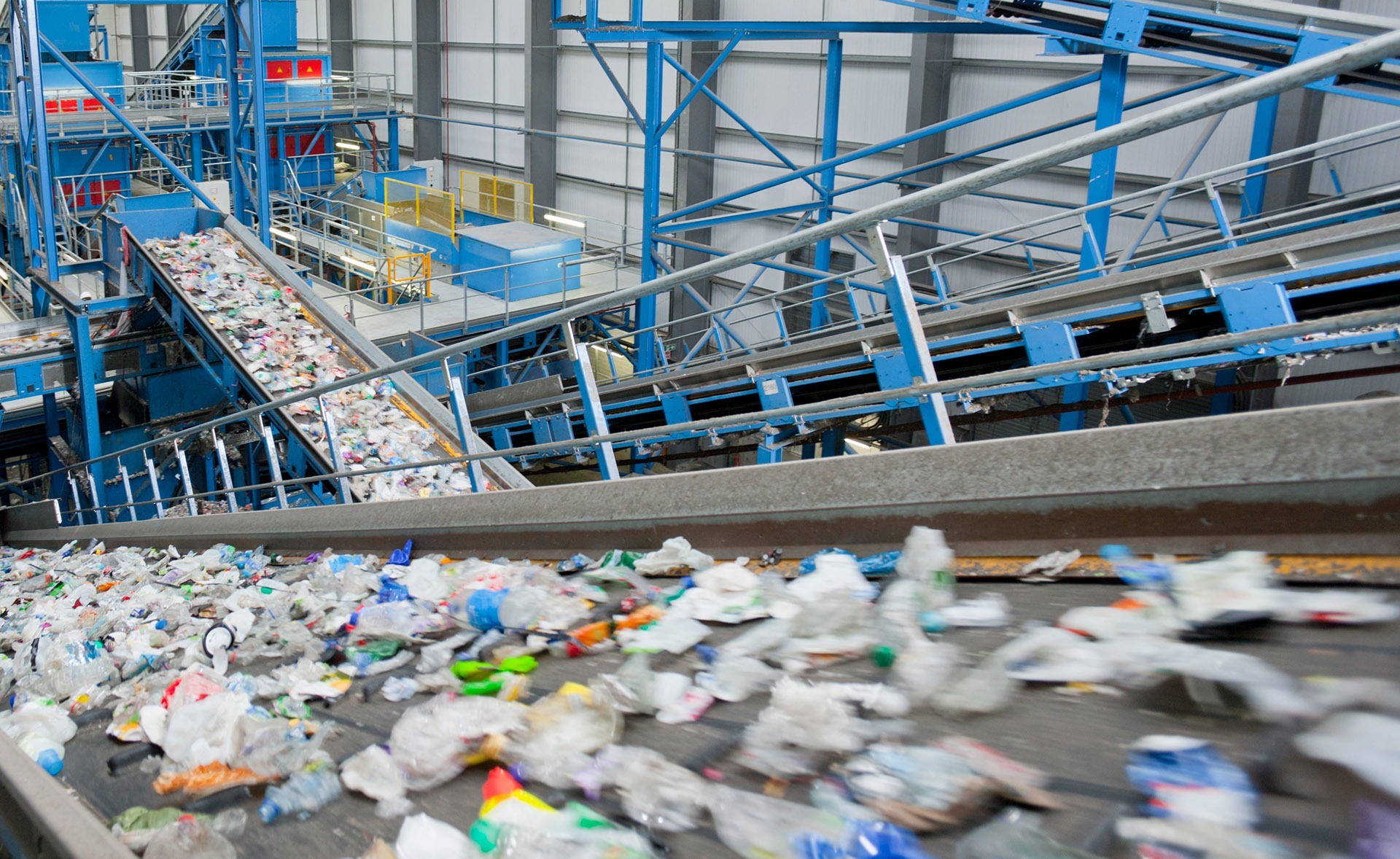Experts say logistics in the oil and gas industry is one of the most complex exercises yet, compared to other business, and for a country like Uganda that is just entering the oil industry, the challenges are expected to be even tougher.
When the government of Uganda finally signs off investments for key oil activities later this year, some US$15 billion is expected to be ploughed into the economy over the next few years. This will mainly be in form of equipment, services, goods and industry sundry for the upstream, midstream and downstream oil business.
As such, a big chunk of the capital investment will go to logistics; that is, the business chain responsible for delivering the equipment, machinery and other merchandise (like chemicals) from the manufacturers in different parts of the world to Uganda. In other instances, it is about relocating used equipment from other field stations to the various locations in a country where it is needed in the oil value sequence. Whatever the case, it involves clearing and forwarding, shipping, road, rail or air transportation, customs and taxation clearing, among others.
Writing in the Digitalist Magazine, Lisa Jacobsen, a logistics expert planner, said: “It’s hard to imagine an industry with greater complexity – or greater demands – than the oil and gas industry. As dwindling reserves force companies to operate in remote and even possible hostile environments, the high cost and difficulty of extracting energy is steadily increasing.”
Alex Ongom, a lecturer of Logistics Management in university, Kampala told The Infrastructure Magazine that “We, as country, have relatively poor infrastructure and un-developed systems. We can only expect that the oil logistics will –at least initially-be a challenge.”
In Uganda’s case, the planned huge infrastructure include upstream (mainly continued exploration and production); midstream (the refinery and pipeline to the coast); and downstream (terminals and oil reserves). All these are expected to attract billions of dollars in investment. At the same time given the complex nature of the initial infrastructure, these will bring in huge equipment and machinery from different parts of the world to the site locations in Hoima and elsewhere.
Most of the equipment for drilling, production and the refinery will go to Kabaale in Hoima district. In spite of the fact that the roads in this region are being worked upon, the place remains remote and limited in infrastructure. Moreover, Uganda is a newcomer in the oil industry and, therefore data, statistics and experience in the operation of the industry will be relatively limited.
Yet time, in the industry, is of essence. A day in the oil industry can mean and cost millions of dollars. These, and other factors, will ultimately combine to provide a nightmare for people who work in logistics. These include clearing and forwarding, transportation, shipping and customs, to name a few.
“It is, therefore, important that companies that supply in this value chain already start preparing themselves for the challenge ahead. The company that will pull off the complex logistical operations that are bound to happen will be the leader in the logistics for the oil and gas and will, therefore, make the kill, “ Frank Mbonye, a Kampala based logistics planner, told this magazine. “Companies that will be caught unawares and will not show adeptness, efficiency and business value, will fall by the way side.”
One of the challenges bound to occur is bureaucratic delays. Given that Uganda is landlocked, and necessarily these equipment and machinery will have to come either through Mombasa port in Kenya or through Dar es Salaam in Tanzania, there are probable customs issues either related to interpretation of the law, lack of understanding or previous experience in taxation within the East African region.
In the recent past, there have been instances when Kenyan and Tanzanian customs officials have acted in what Uganda interprets as going against the spirit and letter of the East African customs protocols. As a result, Ugandan goods have had to be held and instances shipped back, and orders cancelled owing to increasing costs occasioned by delays. This has hindered or delayed export of goods from Uganda to Kenya or Tanzania.
The Infrastructure magazine could not verify whether Uganda has entered any agreements with any of her neighbours to ensure customs bureaucracies/clearance of oil equipment will be handled expeditiously or if there is any special arrangement to deal with clearance of oil goods at the border posts.
Efforts by this Magazine to get a comment from the Uganda Revenue Authority on any arrangements that they are making to handle customs for the oil and gas equipment and consumables were futile as our calls and e-mails to Vincent Seruma the Assistant Commissioner Public Affairs, went unanswered.
It is instructive to note that the oil industry will naturally come with complexities of unpredictable regulations and adherence to international conventions that regulate equipment, chemicals and products, among others that will require specific attention by the government of Uganda.
“It’s very important that you understand local conditions and how customs works, and respect all the rules and regulations embedded in your contract,” said Steve Harley, president of DHL Energy Sector.
Upstream (exploration and production) projects requirement by their very nature tend be oversized, heavy loads, which need to be delivered urgently to remote areas with poor infrastructure.
Customs
Harley says: “Customs regulations constantly evolve and (customs) regimes change, so we have to be aware on a day to day basis of any changes. It would be nice to see more regional coordination…. in an ideal world, uniform customs rules and regulations would make life an awful lot easier.”
The other factor that the industry has to contend with is price volatility. The price of crude per barrel one day could be US$70 based on which a procurement is projected. The following week it could plummet to US$40. This means that while commitment has been made based on a higher value, by the time the equipment and goods arrive, the market value is down to half. What this means is that the country and players in the logistics market need robust systems, information and data that can help them make calculated projections to hedge such loses.
According to Mbonye, “Uganda currently lacks data and information capacity related to oil and gas. If any information is available at all, it is generic information developed from practices elsewhere in the world. Until we have our own data and numbers, making projections and calculated risks remains a perfidious game.”
In a white paper released recently, DHL, a global leader in logistics, said: “Harnessing the true power of data-driven insight is the holy grail of future business. A wealth of this data comes from the supply chain.”
The paper stated, “while the information is there, companies are not yet capitalizing on its real value as a source of insight capable of shaping the future of the enterprise.” It added, “Data-mining, pattern recognition, business analytics, business intelligence – along with other tools – are coalescing into an emerging field of supply chain data science that has the potential to drive this evolution. These new intelligent analytic capabilities are changing supply chains – from reactive operations, to proactive and ultimately predictive operating models…. They will help map the blueprint for the next generation global company – the insight-driven enterprise.”
Unfortunately, for countries like Uganda, the amount of available information remains low, analysis and datamining is even non-existent.
The second part of this article will explore the capacities that different companies have aput in place in preparation for the oil logistics




